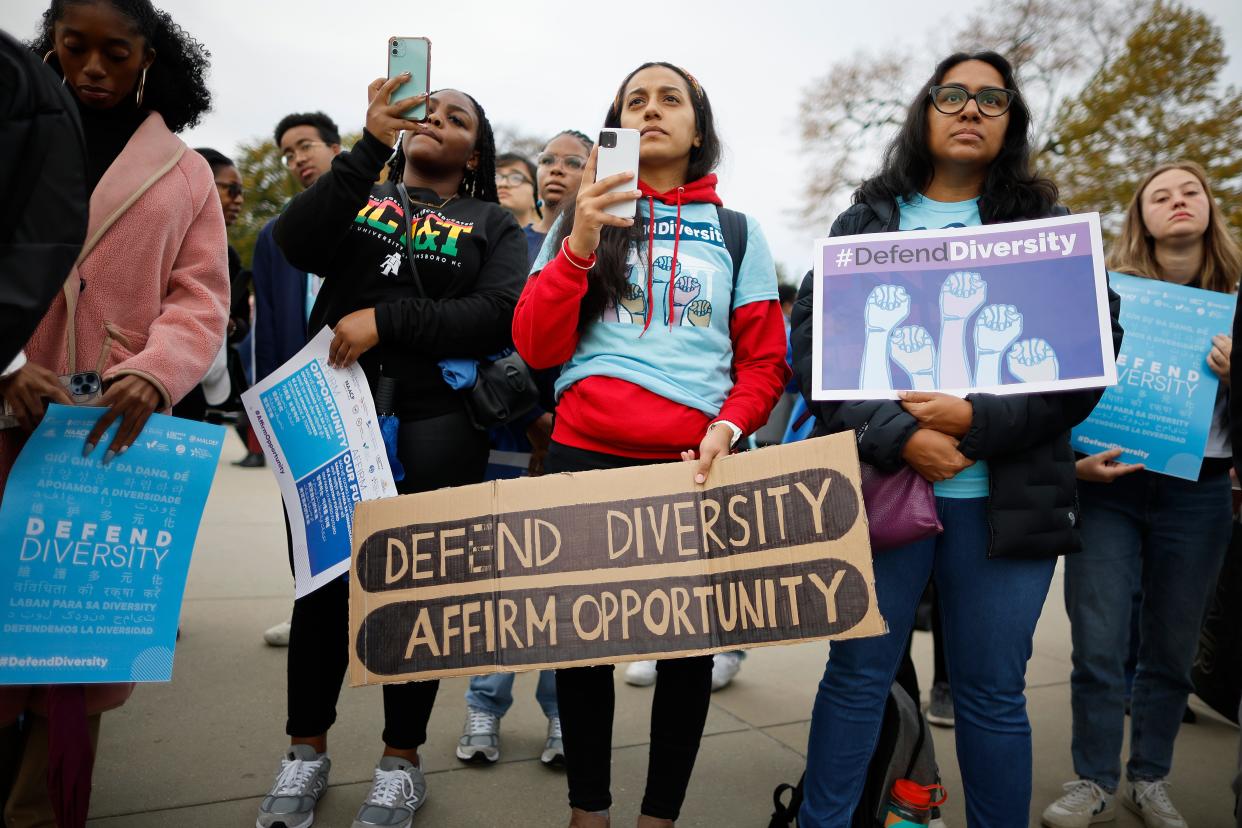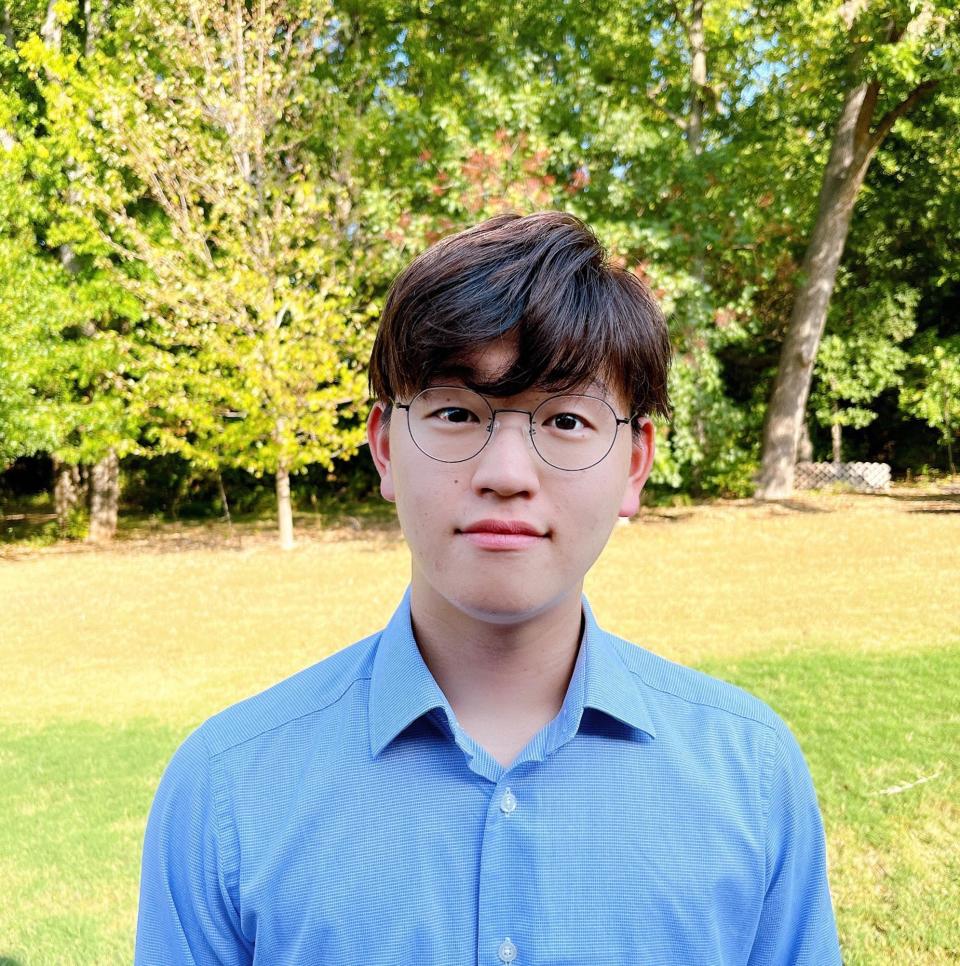Young perspective: Despite the 'end' of affirmative action, diversity must prevail

In the middle of a hot, sweltering June, the U.S. Supreme Court grappled with and pronounced judgment on several cases that will fundamentally impact our future. From animal cruelty to state legislative rights, the court has been bombarded with issues that have seen Democrats and Republicans split even within their own party. However, in arguably the biggest decision of the year, the Supreme Court completely rescinded the use of affirmative action in college admissions, intensifying a long-standing national argument.
The consideration of the issue of affirmative action centered on two separate cases: Students for Fair Admissions v. Harvard and Students for Fair Admissions v. University of North Carolina Chapel Hill. In both instances, the court struck down affirmative action, effectively ending the use of race as a critical factor in deciding on college admissions. It also rendered about 40 years of precedent obsolete.
The term first seriously was discussed in the late 1970s when the court upheld the admissions process of the University of California in Regents of the University of California v. Bakke. While the court ruled that the affirmative action quota was both ineffective in single-handedly combating racial discrimination and against the intention of the Constitution, Justice Lewis Powell stated that “race or ethnic background may be deemed a 'plus' in a particular applicant's file” — a distinctive statement that transformed the playing field for years to come.
A generation later, in 2003, a pair of disputes advanced to the nation’s top judicial court, both dealing with the roots of affirmative action. In Gratz v. Bollinger, the Supreme Court decided that the University of Michigan’s points system (underrepresented minorities getting bonus points in the admission process) was unconstitutional because “race had not been considered on an individualized basis.” However, the so-called sister case of Gratz, Grutter v. Bollinger, earned a different ruling in a narrow 5-4 majority. Once more, in Grutter, the Supreme Court upheld the legitimacy of affirmative action as in the Bakke case 25 years earlier.
Since Grutter, numerous challenges have made their way to the apex court but have been shut down each time (most notably Fisher v. The University of Texas). The recent ruling was different, to say the least. For the first time, Asian Americans were included in the consideration. Both lawsuits claimed these schools, along with other prestigious universities, specifically discriminated against those who identified as white or Asian while giving extra preference to other minorities. This perceived preferential edge, combined with a “strong Conservative bloc majority” on the court, was able to push affirmative action down the hill and out.
As most experts expected, the justices were split 6-3 on the issue. All the “conservative-leaning” justices ruled against affirmative action (Roberts, Kavanaugh, Barrett, Gorsuch, Alito and Thomas) while the “liberal-leaning” justices once again shared similar opinions of dissent (Sotomayor, Jackson and Kagan).
Ketanji Brown Jackson, just about a year into her tenure, personally recused herself from the Harvard case even before she was fully accepted onto the bench in June 2022, due to her strong ties to Harvard as both a member of the class of 1992 and a Harvard Law graduate. Regardless of her being a non-factor in the Harvard case, Jackson wrote a clear-cut, strong dissent alongside fellow justice Sotomayor saying that, “to thereby obstruct our collective progress toward the full realization of the clause’s promise, is truly a tragedy for us all.” Along with staggering statistics (according to Harvard, over 40% of all U.S. universities consider race at some point in one’s application), it is Jackson and the rest of the dissenters’ arguments that raise a question: To what extent can we “really” exclude race?
Those who disapprove of affirmative action often quote the Rev. Martin Luther King Jr., who famously stated his hope that future generations of Americans “will one day live in a nation where they will not be judged by the color of their skin but by the content of their character.” With the removal of affirmative action, perhaps, institutions of secondary education will place more weight on merit and accomplishments rather than on intangible, a priori factors such as family legacy and race. However, in states such as California and Michigan, where affirmative action already was banned in state institutions, the percentages of Black and Hispanic students have shrunk dramatically since the repeal of affirmative action.
America, a source of inspiration to the world with its dynamic and thriving potpourri of diversity, must strive to remain a land of opportunity that promotes education for all. Whether this effort continues to require the consideration of race is still an open question.

Alex Seojoon Kim is a high school student in Stillwater.
This article originally appeared on Oklahoman: Guest: Diversity must prevail despite affirmative action ruling

